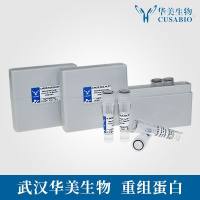The breakpoint for resistance to vancomycin for Staphylococcus aureus is a minimum inhibitory concentration (MIC) of greater than 8 μg/mL (1 ). Isolation of the first strain of MRSA resistant to vancomycin (VRSA) Mu50 was made from a Japanese surgical patient with a wound infection who had failed with vancomycin therapy (2 ). A strain has been described that is heterogeneously resistant to vancomycin (Mu3 strain), and it was found to be susceptible to vancomycin (MIC 2 μg/mL by NCCLS criteria), but there were cells within the Mu3 population that resisted a vancomycin concentration of up to 9 μg/mL) (1 ). Most of the clinical S. aureus strains having reduced susceptibility to glycopeptide antibiotics are heterogeneous in their phenotypic resistance expression. The strains contain small subpopulations of cells that have different levels of glycopeptide resistance. They are designated hetero-resistant strains, and are defined by the population analysis (see below). MIC or paper disc susceptibility tests cannot detect heteroresistant strains. It would appear that heterogeneously resistant VRSA is a preliminary stage that allows development into full resistance upon further exposure to vancomycin. Therefore, it see ms reasonable to include VRSA and hetero-VRSA as possible risk factors for vancomycin therapeutic failure in MRSA infection.






